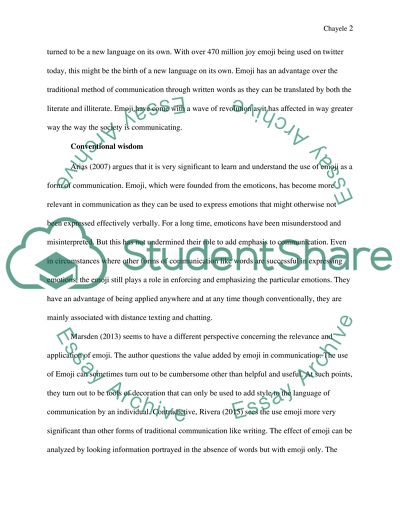Cite this document
(“Emoji in Communication Essay Example | Topics and Well Written Essays - 2000 words”, n.d.)
Retrieved from https://studentshare.org/humanitarian/1690534-emoji-in-communication
Retrieved from https://studentshare.org/humanitarian/1690534-emoji-in-communication
(Emoji in Communication Essay Example | Topics and Well Written Essays - 2000 Words)
https://studentshare.org/humanitarian/1690534-emoji-in-communication.
https://studentshare.org/humanitarian/1690534-emoji-in-communication.
“Emoji in Communication Essay Example | Topics and Well Written Essays - 2000 Words”, n.d. https://studentshare.org/humanitarian/1690534-emoji-in-communication.


